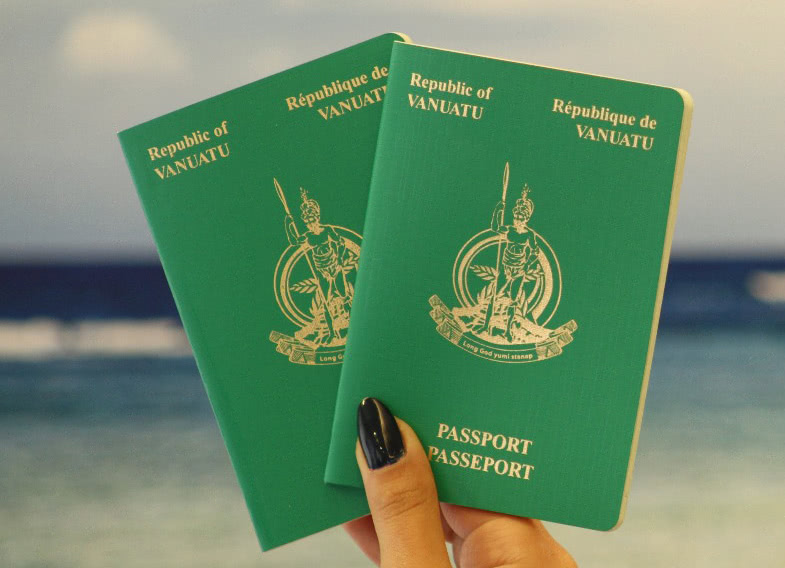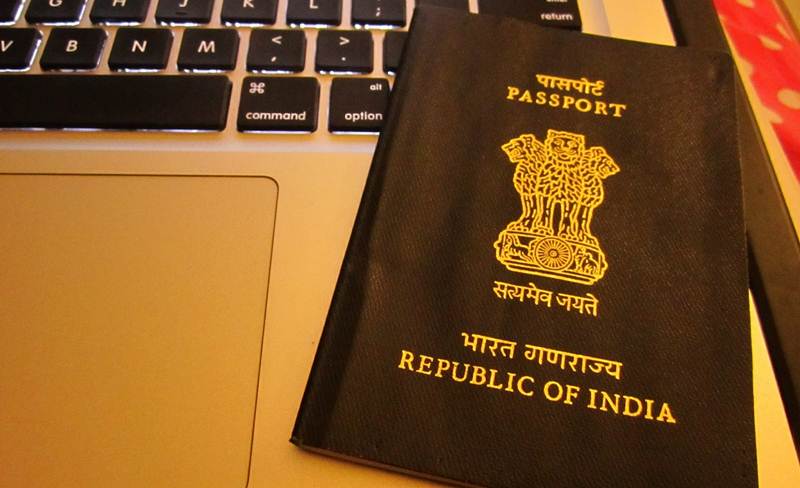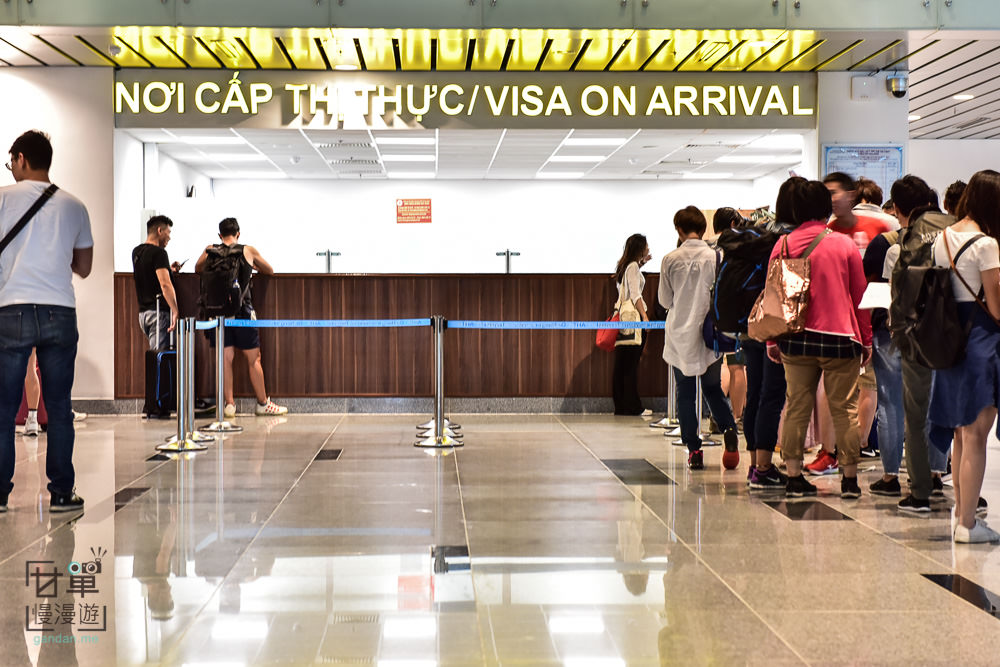Far from being a country devastated by wars, Vietnam has a lot to offer visitors who know how to appreciate it. Its nature os as generous as it is varied makes it a destination of choice for a change of scenery and rejuvenation.

I am Rachit Agarwal from India, and I was looking to expand my professional horizons at a foreign land. I am into marketing, and I have found that Vietnam is brimmed with many lucrative marketing job opportunities. Furthermore, it is an absolutely amazing country to live in. I did my research and found out that it is an affordable place to dwell, and local people are very friendly. Now the hard part was actually to get a job. After a month of constantly applying for various companies, I finally got revert from a prestigious marketing company. While I was beyond ecstatic, the problem was I was asked to come down for a personal interview.

Without wasting any time, I started searching for the visa process. That is when I found that Vietnam offers visa on arrival. And in this blog, I am sharing everything that I learned about applying for visa on arrival for Vietnam and the mistakes that you should certainly avoid.
Before we get down to how to apply for a visa on arrival, let’s understand why visa on arrival is so popular and favored amongst people. Following are some important reasons to choose visa on arrival –

When you apply for a normal visa; you have to wait for months in order to get the approval. On the other hand, visa on arrival eliminates the waiting process. Once you submit the right documents and pay the stamping fees, your visa is approved instantly.
I was looking for a job so I cannot wait for months for my visa to get approved. This is where visa on arrival renders the flexibility that people like me seek. If you are planning a rather short trip to Vietnam, it is more convenient to opt for visa on arrival.
Unlike applying for a visa via embassy, applying for visa on arrival doesn’t come with any complications. Just carry along relevant documents and stamp fees in cash in order to acquire your visa.
Like I mentioned above, the process is quite simple. Below are the steps of the application process associated with Vietnam visa on arrival –

Typically, visa on arrival is granted when you reach at a particular country, not in Vietnam. In order to get a visa on arrival, you must apply beforehand. You can do that online, and it generally takes 2 business days to receive your approval letter. And in case of an emergency situation, the processing can be done within 8 hours or 4 hours with extra fee.
Once you have received your approval letter; get a hard copy of it. You need to submit your tickets; passport, approval letter and two passports sized photos in the visa counter. At the visa counter of Vietnam International Airport, you will get your visa stamped. The stamping fees are USD 25 for a single entry and USD 50 for a dual enter. Make sure you have stamping fees in cash, as they don’t accept card or any digital payment medium.
Not all airports at Vietnam offer visa on arrival. Therefore while getting your tickets, ensure that you have the right airport. You can get visa on arrival in Phu Quoc International Airport in Phu Quoc Island, Cat Bi International Airport in Hai Phong city, Cam Ranh International Airport near Nha Trang city, Da Nang International Airport in Da Nang city, Tan Son Nhat International Airport in Ho Chi Minh city, Lien Khuong International Airport in Da Lat city, and Noi Bai International Airport in Hanoi city.

If it is your first and you are not well-aware of the essentials, you might end up making a couple of mistakes, as I did. These mistakes can prolong your application process. Following are some mistakes that you must try to avoid while applying for Vietnam visa on arrival –
Before applying for Vietnam visa on arrival, ensure to do your research in order to avoid any mistakes that might lead to visa delay or even decline.
Far from being a country devastated by wars, Vietnam has a lot to offer visitors who know how to appreciate it. Its nature os as generous as it is varied makes it a destination of choice for a change of scenery and rejuvenation.
1. What are the different types of visa for Vietnam? There are about twenty visas for Vietnam, according to the reasons of your arrival and your status on the national territory.
I am Iniya, a newlywed from India who had an extravagant wedding in Vietnam. A perfect blend of various cultures, Vietnam is a mesmerizing country in South East Asia.
I am Akriti, an Indian citizen who is passionate about traveling the world. Presently, I am on a quest to travel the entire Asian continent.
You are a Taiwanese citizen, and you want to travel to Vietnam. However, the place where you live is too far away from the Vietnamese consulate in Taiwan or is abroad, so it is not convenient to go to the embassy to apply.
With the rapidly improving tourism in Vietnam, citizens of Taiwan need a visa to enter Vietnam. As a tourist, you might have questions about the validity period and price regulations about your tourist visa before arrival.
Vietnam visa is required for all Taiwanese citizens. Taiwanese citizens are NOT eligible for e-visa.